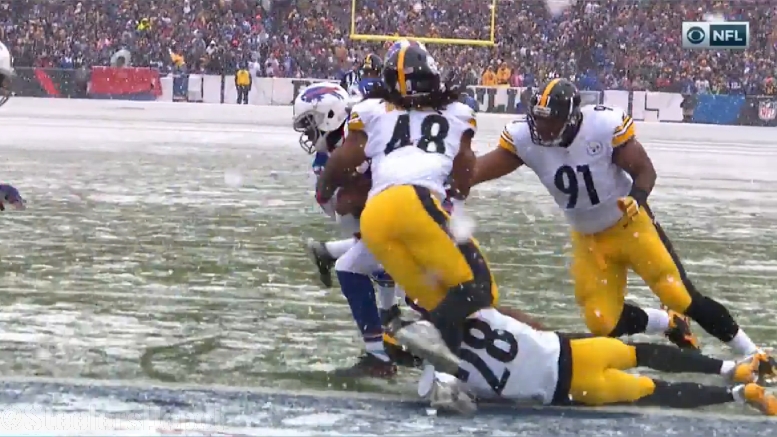The offseason is inevitably a period of projection and speculation, which makes it the ideal time to ponder the hypotheticals that the Pittsburgh Steelers will face over the course of the next year, whether it is addressing free agency, the draft, performance on the field, or some more ephemeral topic.
That is what I will look to address in our Buy or Sell series. In each installment, I will introduce a topic statement and weigh some of the arguments for either buying it (meaning that you agree with it or expect it to be true) or selling it (meaning you disagree with it or expect it to be false).
The range of topics will be intentionally wide, from the general to the specific, from the immediate to that in the far future. And as we all tend to have an opinion on just about everything, I invite you to share your own each morning on the topic statement of the day.
Topic Statement: In time, the NFL will eventually allow an unlimited number of players to return from injured reserve, like basically every other major sport.
Explanation: For the longest time, in the NFL, if a player were placed on injured reserve, he would be ineligible to play for the rest of the year. This is why the Steelers kept Rod Woodson on the roster all year in 1995, and Aaron Smith on the roster in 2010. More recently, one player was allowed to return after eight weeks, then two. Now it’s up to three. Each is an arbitrary limitation subject to revision over time.
Buy:
There is no compelling reason to limit the number of players who can return from injured reserve if they are healthy enough to return to play. While it might not be incredibly common for more than three significant contributors to suffer an injury serious enough to go on IR but not serious enough to end their season, it does happen, and teams—and players—should not be penalized for having injuries, requiring that they be forced to juggle their roster to accommodate for players who are unavailable.
Sell:
The league recently adopted a rule that allows teams to promote two players from the practice squad on a weekly basis, which greatly mitigates the issues pertaining to roster juggling to accommodate for injuries. Generally, an injured player is addressed with a practice squad promotion. A team would have to release a player from another spot to make that move if they can’t place the player on IR. This new rule prevents this from being an issue.
Regardless of what logic may lay behind allowing a team to return an infinite number of players from injured reserve, logic doesn’t always dictate what the rules are, so arguing that something is logical is not the same as arguing that something will happen. That’s an argument in favor of what should happen, not what will.








